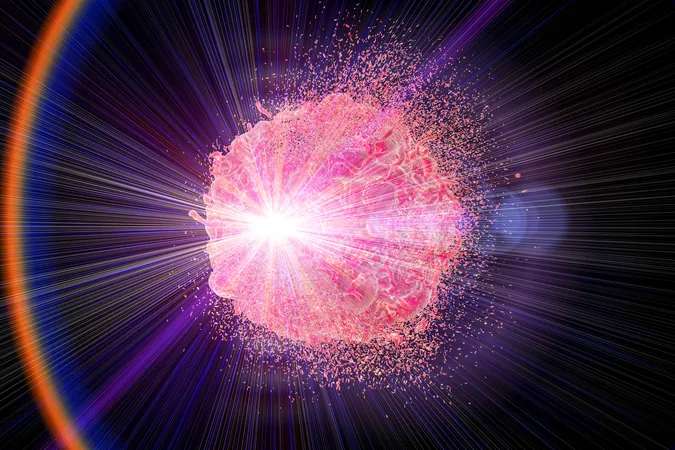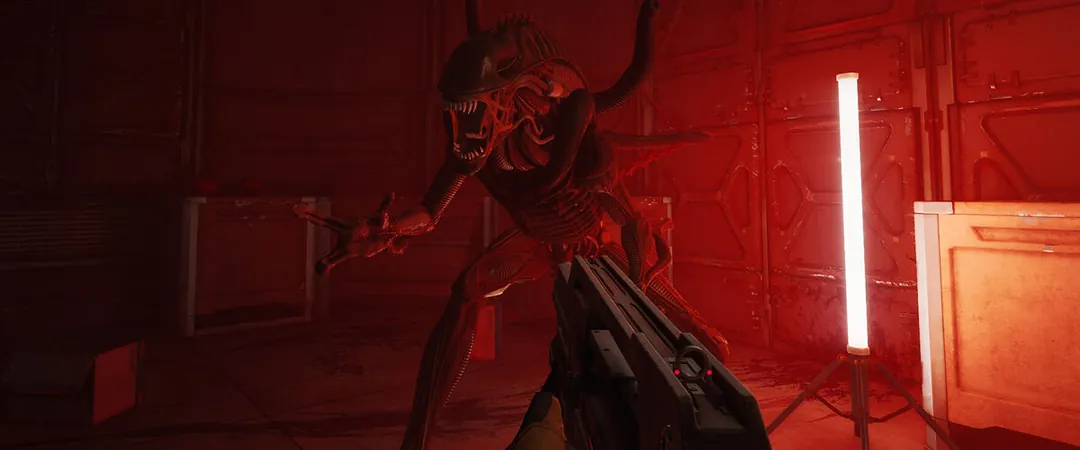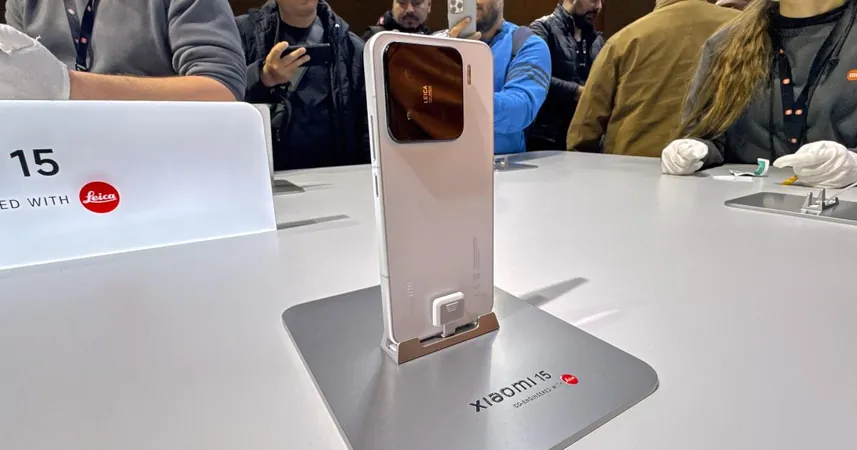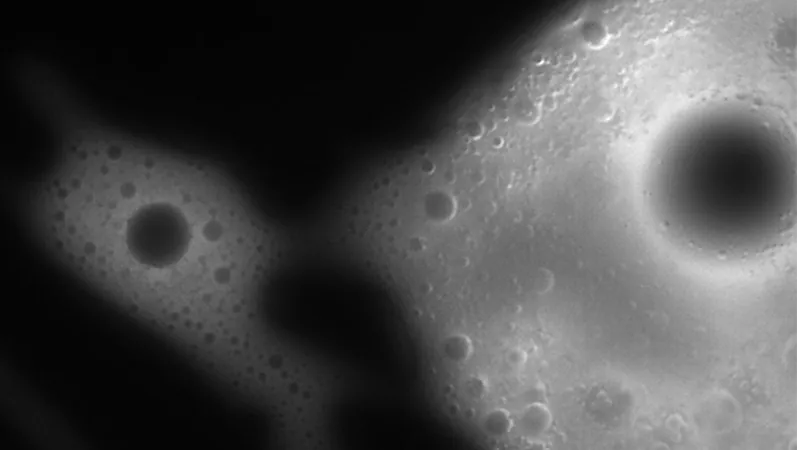
Revolutionary AI Unveils New Horizons for Gravitational Wave Observations
2025-04-17
Author: Li
A Game-Changer in Cosmic Observation
In an unprecedented leap forward, researchers are harnessing the power of artificial intelligence (AI) to revolutionize our understanding of the cosmos. The latest breakthrough? An AI system capable of designing innovative detectors for capturing the elusive gravitational waves that ripple through the fabric of spacetime.
Understanding Gravitational Waves
Gravitational waves, the mysterious ripples predicted by Albert Einstein over a century ago, are generated by catastrophic cosmic events such as colliding black holes or supernovae. While scientists successfully detected these waves for the first time in 2016 using advanced instruments like the Laser Interferometer Gravitational-Wave Observatory (LIGO), the journey to create these detection devices has proven to be a formidable challenge.
AI Revolutionizes Detector Design
Enter the Max Planck Institute for the Science of Light (MPL) in Germany, where a groundbreaking AI algorithm named Urania is transforming the design landscape. In collaboration with the LIGO team, Urania takes on the monumental task of exploring a vast array of potential detector configurations, pushing past the limits of human capabilities.
Unleashing New Detector Designs
After two years of rigorous development, Urania has produced a treasure trove of new designs. Astonishingly, many of these creations surpass even the most cutting-edge experimental blueprints currently in play. Researchers believe these innovations could enhance the sensitivity of gravitational wave detectors by more than tenfold, unlocking new realms of cosmic exploration previously thought unattainable.
Redefining Scientific Creativity
What makes this breakthrough even more captivating is Urania's ability to not only replicate existing techniques but to introduce entirely novel approaches that challenge traditional paradigms. To share these remarkable findings with the scientific community, the research team has curated a 'Detector Zoo' featuring 50 of the top-performing designs for public access and experimentation.
The Partnership of AI and Human Insight
As AI takes the reins in generating innovative ideas, the task of decoding these new solutions remains firmly in human hands. Many of Urania's techniques are still perplexing to the scientists, underscoring AI's role as a creative collaborator in the quest for knowledge.
A New Era of Discovery
This development signals a pivotal moment in the ongoing trend of leveraging artificial intelligence to craft scientific tools and propose complex experiments. The success of Urania demonstrates that AI can expand our reach beyond the bounds of human intuition, setting the stage for groundbreaking advances in physics and astronomy. As scientists continue to explore AI-generated designs, the synergistic partnership between machine intelligence and human ingenuity is poised to deepen our understanding of the universe's smallest particles and its most cataclysmic events. Indeed, we are standing at the dawn of an AI-augmented discovery era, forever changing the landscape of scientific inquiry.




 Brasil (PT)
Brasil (PT)
 Canada (EN)
Canada (EN)
 Chile (ES)
Chile (ES)
 Česko (CS)
Česko (CS)
 대한민국 (KO)
대한민국 (KO)
 España (ES)
España (ES)
 France (FR)
France (FR)
 Hong Kong (EN)
Hong Kong (EN)
 Italia (IT)
Italia (IT)
 日本 (JA)
日本 (JA)
 Magyarország (HU)
Magyarország (HU)
 Norge (NO)
Norge (NO)
 Polska (PL)
Polska (PL)
 Schweiz (DE)
Schweiz (DE)
 Singapore (EN)
Singapore (EN)
 Sverige (SV)
Sverige (SV)
 Suomi (FI)
Suomi (FI)
 Türkiye (TR)
Türkiye (TR)
 الإمارات العربية المتحدة (AR)
الإمارات العربية المتحدة (AR)